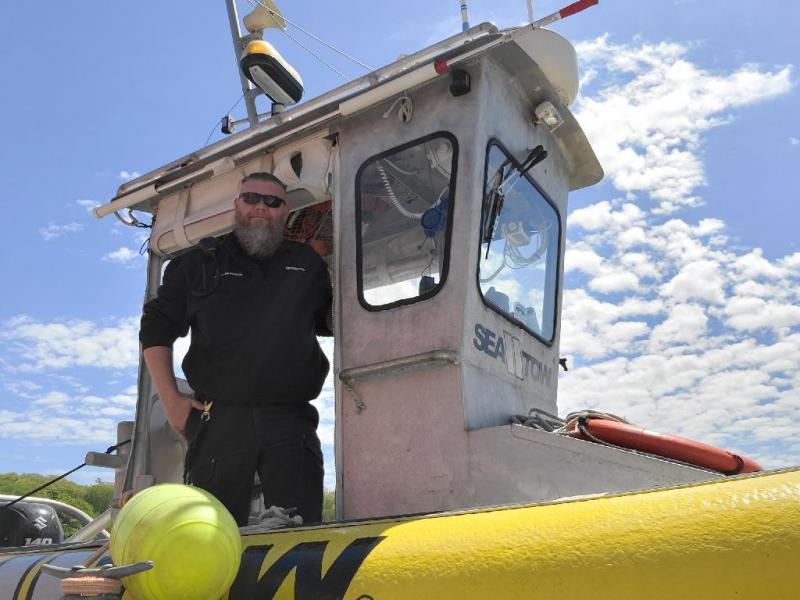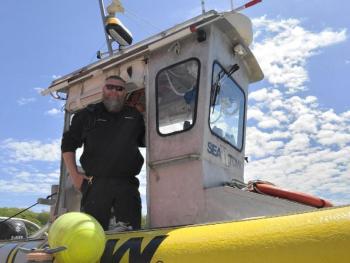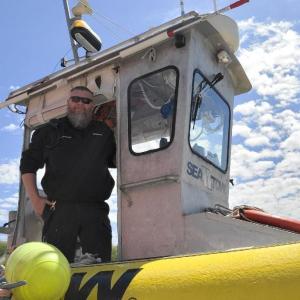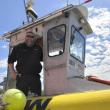Local captain saves kayaker
Captain Brandon Wilkins, an employee of Sea Tow Portland, was on his way to help a customer July 1 when the order got canceled. He didn’t return to the harbor, opting to drift around Burnt Island. That’s when he heard the mayday. The signal was faint but as Wilkins rushed to his volume dial the message became clear: A kayaker had capsized near Squirrel Island.
“I immediately fired up the engines and headed moving in that direction,” said Wilkins.
The Coast Guard had also picked up the distress signal and was collecting information from the kayaker as Wilkins approached.
Around 5:45 p.m., Wilkins arrived at the island’s south end. The winds were blowing 20 mph with three-foot rolling waves every five seconds. The kayaker had gotten caught in a trough and rolled over when he tried to turn back.
“He was getting driven towards the shore,” said Wilkins. “Not where he could have climbed to safety but where he would have been battered against the rocks.”
Wilkins blew his horn several times. The kayaker held up his paddle so Wilkins could see him, and the captain moved forward with the rescue. The kayaker had been in the water for about 10 minutes.
Wilkins credits the kayaker for how well-prepared he was for an emergency. In addition to wearing a life jacket, the man had kept his paddle attached to his vest to prevent it from floating away. He was also equipped with a whistle and VHF radio.
“If he didn't have that radio, there's a good chance nobody would have seen him.”
The average local water temperature was about 58-60 F at the time of rescue, Wilkins said. After another five to 10 minutes in the water, the kayaker would have lost some dexterity and found it harder to swim, according to Wilkins. He said the combination of the cool water and strong winds would have caused hypothermia to set in around the 30-minute mark.
Wilkins stressed that kayakers, or anyone piloting a watercraft, check weather conditions before they head out. He also recommended people undergo a paddle safety course and learn self-rescue techniques. These can help people learn how to get back into their vessel, and out of cold water.
After recovering the kayak, Wilkins and his passenger headed to the Coast Guard Station so emergency medical technicians (EMTs) could perform a health check. “(The kayaker) was tired, he was cold, probably a little embarrassed, but he was alright.”
Through Wilkins’ job at Sea Tow, he has helped people on sinking vessels, but this was his first time pulling someone out of the water. Wilkins has a background in water rescue from running the Sea Scout program in Portland, and from his training for his captain’s license. He was glad his skills were able to help in this situation.
“Anything we can do to make the water a little safer, I’m happy to do it,” he said.





























